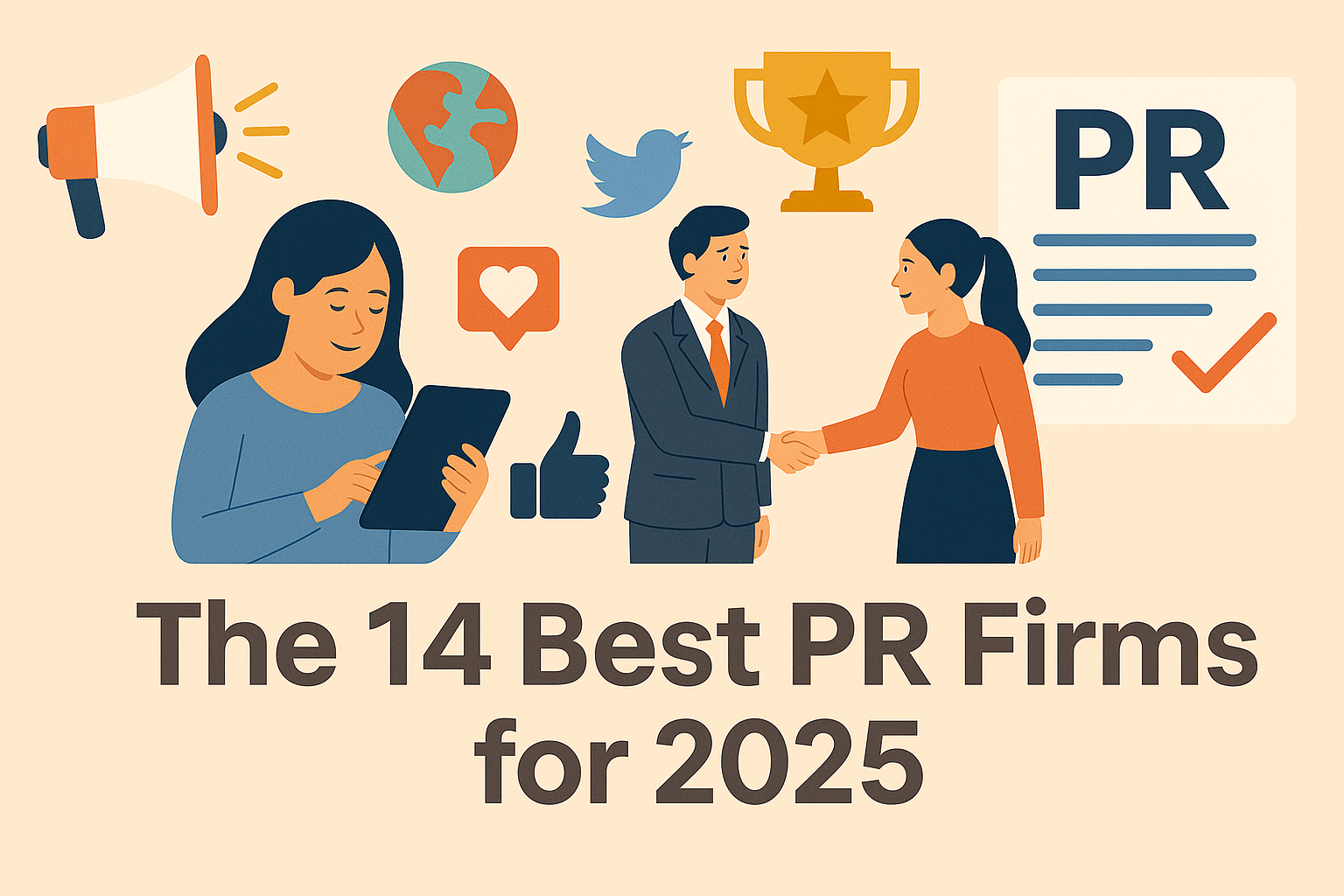Every brand makes mistakes. But it’s always nice to avoid as many as possible, right?
With that in mind, we’re sharing 10 PR mistakes that your B2B brand can and should avoid. Here’s what you’ll find in this post:
- Assuming everyone knows your industry.
- Assuming no one knows your industry.
- Pitching the wrong journalists.
- Focusing on product specs rather than telling a story.
- Relying too heavily on a single outlet.
- Neglecting online relationships.
- Failing to connect your brand to current news.
- Not preparing for a potential crisis.
- Expecting your marketing or communications staff to handle all your PR.
- Failing to amplify your press hits.
With that, let’s get to it.
1. Assuming everyone knows your industry.
Most B2Bs operate in industries that are relatively “behind the scenes” for most people.
Logistics, distribution, software development, job training—these are complex industries that require more explanation for the average reader than the typical B2C industry. Even those who are within your industry, but a different sector, may not have a clear handle on certain functions, acronyms, and typical use cases or standards that apply to your product or service.
It’s important, therefore, to be sure you’re explaining the things that need to be explained, reducing jargon and acronyms as much as possible, and finding the broader appeal in whatever story you’re pitching.
Pro tip: Yes, you want to raise brand awareness, but the real goal of B2B PR should be getting famous.
Related reading: Why Brand Awareness Isn’t Enough-and How To Make Your B2B Brand Famous
And if you find that you’re basically explaining yourself into oblivion, chances are the story you’re pitching needs to be rethought—unless it’s geared specifically toward a highly knowledgeable industry audience.
2. Assuming no one knows your industry.
By the same token, don’t assume no one knows your industry the way you do.
With this approach, you run the same risks of turning readers off, but for a different reason—you’ll sound like you’re talking down to them. It’s critical to strike the right balance, and a solid PR professional can be a huge help with that.
3. Pitching the wrong journalists.
It sounds quite simple, but you’d be surprised how many journalists receive pitches that have almost nothing to do with the topics they actually cover.
Not only does this not get you the press coverage you’re looking for, but if it happens often enough, it will land your email address on their spam list—not a good look.
Do your research before pitching. Make sure the people you’re reaching out to are interested in your industry, product, or service, write about related topics regularly, and are accepting pitches. Some outlets have a specific period of time in which they accept unsolicited pitches, and others may not accept PR pitches at all.

4. Focusing on product specs rather than telling a story.
It’s true in marketing, too: your customer wants to know your product’s benefits, not its features. They want to know the story behind your brand, not how much money you raised or how many people like your product.
When you’re coming up with topics to pitch or to write about for your B2B PR efforts, focus on the stories you can tell. Did your product help a nonprofit support its community in a new way? Is your team innovating in a way that’s never been done before? Are your executives passionate about leadership and sharing ideas on how to be a better, more empathetic, efficient leader?
These are the kinds of storylines that can make a journalist pay attention, as opposed to the same old recitation of how young the founder is and how much money he or she has already raised.
5. Relying too heavily on a single outlet.
Many executives and industry experts have outlets that they contribute to regularly, whether through a column that they themselves control, or through being a regular source for a writer.
These media opportunities are excellent, and should absolutely be taken advantage of.
However, the danger comes up when you find yourself relying too heavily on these outlets.
For one thing, you’re likely reaching the same people much of the time, which means your brand awareness and fame are, perhaps, growing more slowly than they otherwise could be.
For another, if one outlet only accepts pieces around a specific set of topics, under a strict set of guidelines, or has other limitations, your executives or other thought leaders can end up being repetitive.
6. Neglecting online relationships.
Just like your in-person relationships with friends and colleagues, online relationships need nurturing in order to stay healthy.
From engaging with your network on LinkedIn, to following journalists you’re interested in on Twitter, there are plenty of ways that you can keep those relationships strong.
If you’re struggling to develop an online network in support of your PR efforts, start by engaging with the outlets, bloggers, and journalists you’d like to start pitching. Read their work, comment on posts that resonate with you, and share articles that you find interesting or inspiring.
Creating that authentic foundation will not only help your pitching efforts, but it will also give you a better feel for what kinds of stories and angles will work for each writer or outlet.
7. Failing to connect your brand to current news.
Remember: the cardinal rule of PR is that you have to give a writer a reason to cover you.
Your brand’s existence, or recent product success, or latest round of fundraising are great things to highlight on your company news page, but they’re not going to get you press coverage.
Instead, look for potential connections to what’s going on in the news, whether that’s something local, national, or global. Is there a trend that your brand has been paying attention to for years, that’s only now coming into the general public consciousness? Is your executive well-positioned to speak on a current topic that’s upending your industry?
The more you can connect your brand to what’s happening in the world, the better your chances are of getting coverage.
8. Not preparing for a potential crisis.
Crises can strike any brand, be it B2B or B2C—that’s a given.

Another given? The more prepared you are, the better chances you have of weathering the storm, and even coming out stronger on the other side.
Preparing for a crisis requires more than just figuring out who your spokesperson will be, how to manage press inquiries, and who will draft the initial statement for the public. It’s a process that should be gone through methodically, tested, and tweaked as needed.
Related reading: Crisis Communications 101 for B2B Companies with Step by Step Crisis Reaction Instructions
9. Expecting your marketing or communications staff to handle all your PR.
Although marketing, communications, and PR have many similarities, PR requires different skills, as well as different connections.
That’s not to mention the time it takes developing pitches, conceptualizing PR campaigns, and actually reaching out to contacts.
Expecting your marketing team to handle all these functions on their own is not only unrealistic, it’s a recipe for mediocre results on all fronts. A better plan is to either outsource your PR, or hire a PR pro in-house, or hire a virtual CMO.
10. Failing to amplify your press hits.
Once the press hits start rolling in, it’s time to shift into the next phase: amplification. This is the stage that even many PR agencies neglect.
Amplification is what gets your press in front of as many people as possible. It’s not enough to land the hit (although that’s the essential first step, of course!). You also want to get as much mileage out of it as possible. That could include:
- Sharing it on social media
- Incorporating the hit into a blog post, podcast, or other owned media
- Mentioning it on a live stream
- Using a quote or topic discussed in the press hit to create new content, like a blog post or video (always linking back to the press hit).
Don’t let these mistakes derail what could be a promising PR campaign. Need some help? Give us a call!









